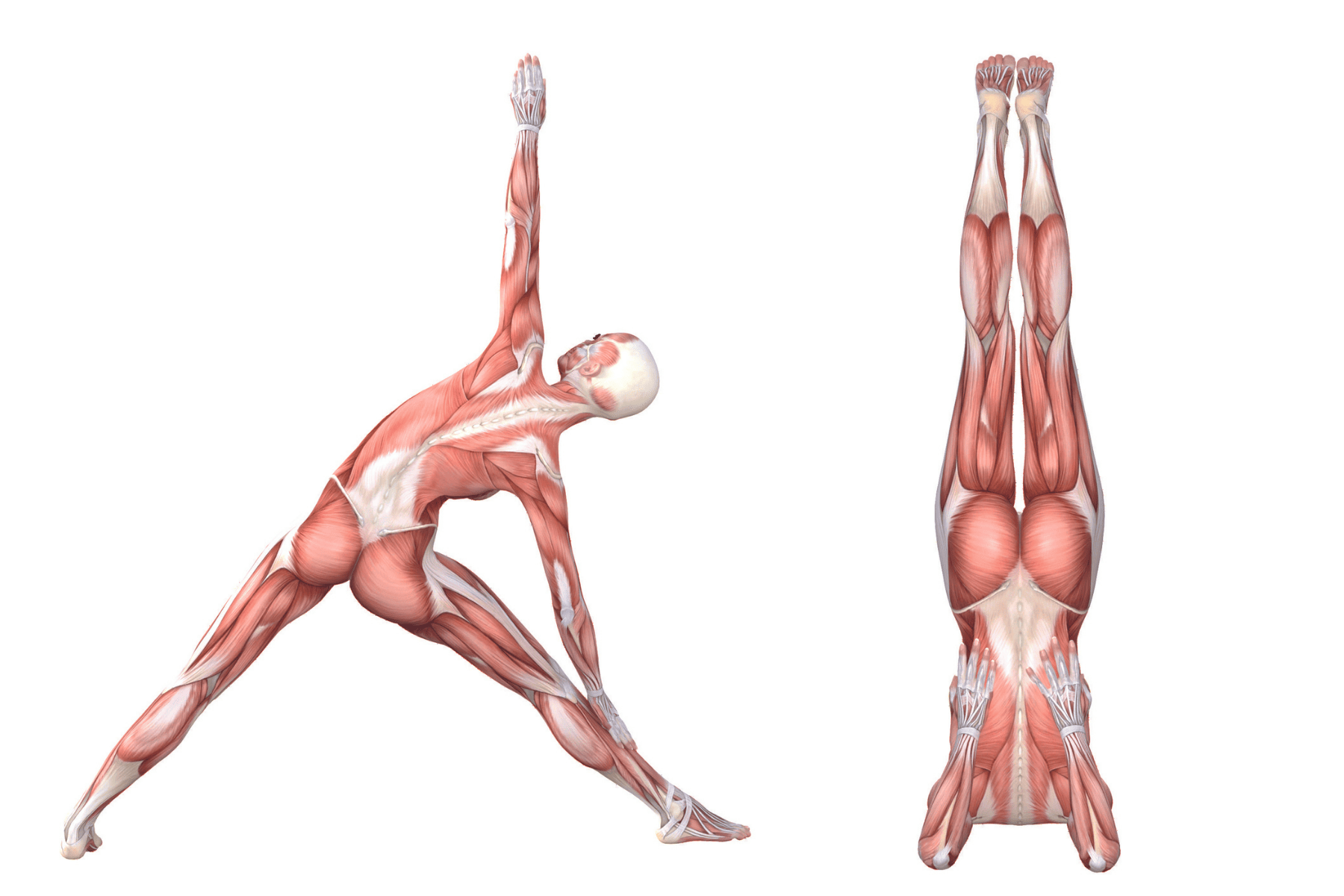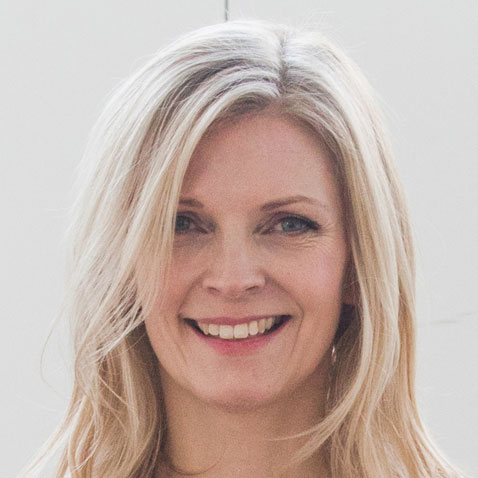
A 360º overview of...
Shoulder Stand Pose (Sarvangasana)
With Dr Kiki Morriss
Shoulder Stand Pose is known as the mother or the queen of the asanas. It energises and rejuvenates the entire body, whilst soothing the mind and improving respiratory function. Whilst in Sarvangasana your body is in an inverted position. The pose limits the use of the top of your lungs, which encourages deep abdominal breathing. This can feel a little restricting at first, but with regular practice you will relax into the pose. Shoulder Stand Pose is often practiced as a cycle with Plough Pose and Fish Pose.
MOVING INTO THE POSE
- Start lying on your back in Corpse Pose.
- Bring your legs together.
- Place your arms by your sides with your palms facing down.
- Lift your legs and back.
- Align your hips above your shoulders.
- Support your back with your hands
- Move your hands up your back towards your shoulder blades.
- Edge your elbows closer together
- Lift your spine and press your chin into the base of your throat.
- Breathe slowly and deeply in the pose.
FOCUS YOUR GAZE
- Your focal point (drishti) is at your navel. Alternatively try closing your eyes and drawing your focus inwards.
BACK
- Lengthen your spine upwards in a straight line.
LEGS
- Engage your quadriceps to straighten your knees.
- Use your adductor muscles to squeeze your legs together.
- Engage your tibialis anterior muscles to bring the tops of your feet towards your shins.
- Press your heels towards the sky, as if your feet are in a standing position.
ARMS & HANDS
- Bend your elbows and press your hands into your back.
- Engage your posterior deltoid muscles to press your arms on the ground
- Use your infraspinatus and teres minor muscles (rotator cuff) to externally rotate your shoulders
- Lift upwards through your body so you are not placing too much weight on your hands.
HEAD
- Keep your head in alignment with your spine
- Avoid moving your head from side to side, as this can potentially injure your neck.
- Keep your chin in alignment with your breast bone (sternum).
- Consciously relax your eyes, ears, forehead and throat.
Chest
- Broaden across your chest by moving your elbows towards each other.
- This action will shift weight away from your neck and onto your shoulders.

COMING OUT OF THE POSE
- Lower your legs to a 45 degree angle over your head.
- Place your arms behind you with your palms facing down.
- Slowly roll onto your back, vertebrae by vertebrae, until your whole spine is resting on the floor.
- Lower your legs slowly to the ground.
- Rest in Corpse Pose.
BENEFITS
- Increases the flexibility of your back and shoulders.
- Strengthens your back muscles.
- Improves your core strength
- Broadens across your chest.
- Encourages deep abdominal breathing.
- Calms and soothes your mind.
CONTRAINDICATIONS
- Avoid Shoulder Stand Pose if you have a neck or shoulder injury.
- Practice with caution if you have a back issue.
- Do not practice Shoulder Stand Pose if you have high blood pressure.
MODIFICATIONS & VARIATIONS
- Use a belt just above your elbows to help keep your arms in alignment.
- Place folded blankets under your shoulders and arms, whilst keeping your head on the mat.
- Try some leg variations as you hold Sarvangasana – Butterfly pose, Eagle pose or legs in a straddle position.
- When you are steady and comfortable in Sarvangasana, try practicing Niralamba Sarvangasana. Niralamba means ‘without support’. In this pose you balance in Shoulder Stand Pose without the support of your arms. Extend your arms vertically upwards with your palms facing inwards. Keep lifting your upper back and shoulderblades as you balance in the pose.






